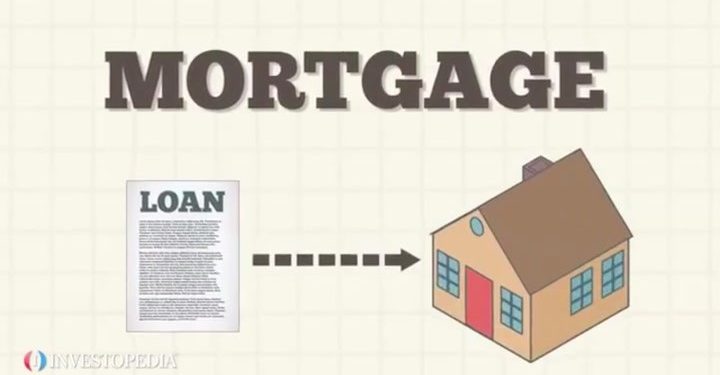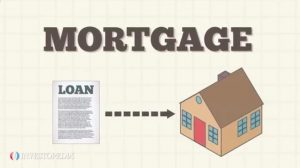
Those applying for a new mortgage may find that they’re asked to provide occupancy waivers for any other adults intending to live in the property. This legal document is filled out at the behest of the lender, for whom it provides protection. The occupant waives the right to make any claim or stake in the house. As with most legal documents, it should be signed in the presence of a solicitor, who can help occupants understand what it is and why they need to sign it.
Occupier waivers explained
An occupier waiver is completed at the request of a mortgage lender. It favours the lender, as it helps protect the lender’s interest in the property. For the borrower, it might be a necessary step for mortgage approval. An occupier waiver form typically applies to those aged over 18 who already, or intend to, reside in the house which is being purchased. These occupiers are typically spouses, partners or adult children of the borrower. The form is specifically requested from those who are not part of the mortgage agreement. It is not required of paying tenants, such as lodgers, who will have a separate tenancy agreement with the homeowner.

Why do mortgage companies ask for an occupier waiver?
Mortgage companies ask for these waivers in order to protect their funds. In the event that the borrower defaults on the mortgage payments, it allows to lender to force the sale and/or take possession, without the worry of stubborn occupancy. The waiver means the occupier agrees to vacate the building in the case of repossession, and, furthermore, that they will make no claims on ownership or occupancy of the property.
By what other names is the occupier waiver known?
There are a number alternative names in common use including:
Occupier Consent Form
Deed of Consent
Deed of Postponement
Consent to Mortgage
Is legal advice needed for an occupier waiver?
The mortgage company will usually send the borrower the waiver form and ask that the named occupier signs and returns it. The form should be signed by the occupier but in the presence of a solicitor. However, both occupier and borrower may well want to seek legal advice, to ensure that the wording on the occupier waiver is fair. A solicitor will be able to explain the terms in full and outline the potential consequences of the form. Although unlikely, it should be understood that the worst outcome for the occupier is homelessness. The solicitor will not be able to change or influence the mortgage company’s policy in asking for an https://www.parachutelaw.co.uk/occupier-waiver-form occupier waiver form. A legal representative may be able to request a change in wording if necessary or ask for clarification from the lender if needed.

What are the pros for the borrower?
Although the occupancy waiver favours the lender, there are benefits for the borrower too. The waiver prevents the occupant from claiming any rights to the property and could potentially be used in cases where they make a claim on property ownership. Primarily, however, it benefits the borrower since it is a prerequisite to receiving the mortgage approval which is necessary to secure the purchase.
An occupancy waiver is a normal, and increasingly common, part of the mortgage application process. It is likely that the mortgage will only be approved if the other occupants waive their rights, as per the form. Those who are asked to complete a waiver form should seek independent legal advice immediately and will usually be required to sign in the presence of a qualified solicitor.
